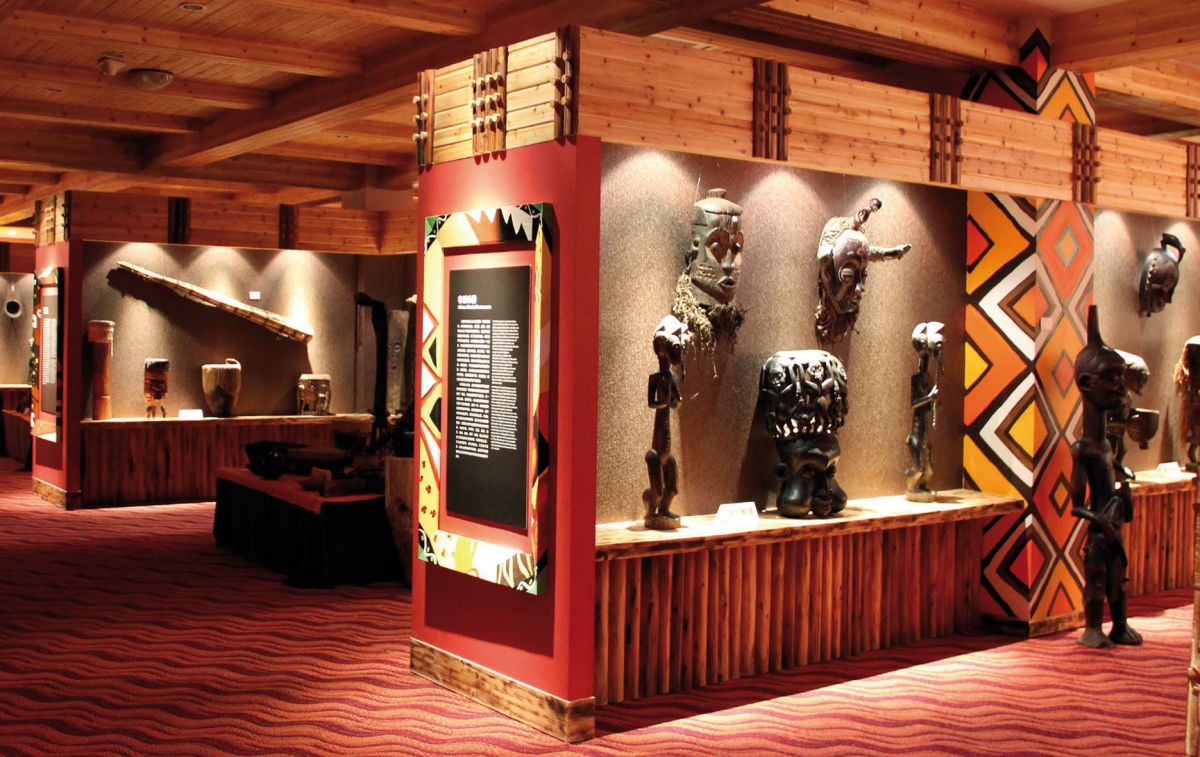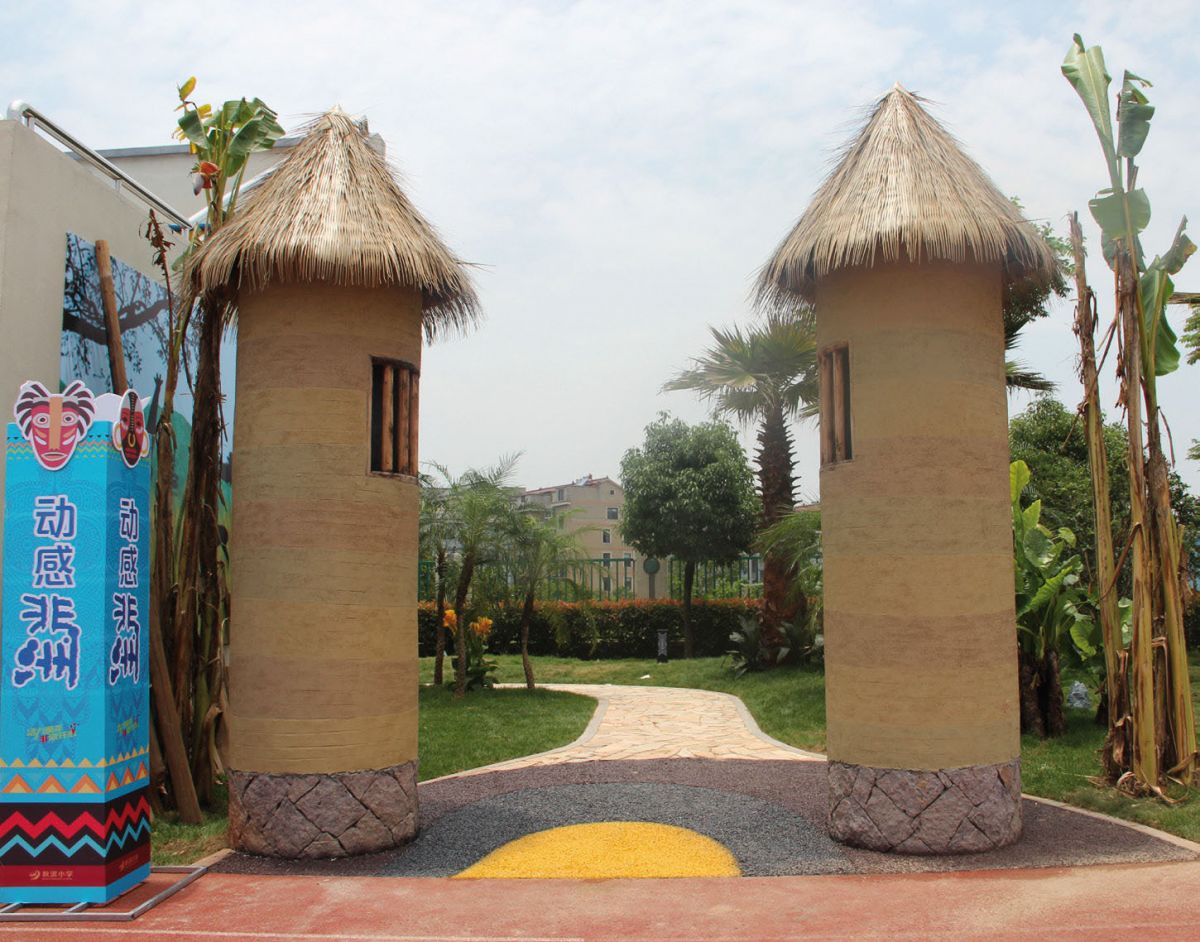Amidst a China-Africa cultural boom
<p>Communication between China and Africa has become more frequent in recent years, as many Africans move to China with the hope of fulfilling their dreams. China and Africa, both of which possess a rich cultural heritage, learn more about each other and in turn develop a mutual appreciation and fondness. Out of the common aspiration to further strengthen traditional ties of friendship and promote mutually beneficial cooperation between Africa and China, the Institute of African Studies at Zhejiang Normal University stands out by serving as a platform for cultural exchange and by contributing to a new historical stage for the development of China-Africa cultural relations.</p>
Last year, I wrote an article for the China Daily where I described how students at Jinhua Qiubin Primary School in Zhejiang province, China, leapt into the air in a typical African dance routine. The dance was accompanied by the sounds of African instruments, ranging from the mbira from Zimbabwe to specially-designed West African congas. These instruments were so loud and clear that visitors from Africa momentarily forgot they were in far-away China. This is the power of cultural diversity.
Recently, Chinese activities in many African nations have expanded from economic to cultural exchanges, allowing Chinese people to gradually learn more about Africa and its people. The African museum at Zhejiang Normal University and the Jinhua Qiubin primary school both contribute to the blossoming of China-Africa cultural relations. Since 2015, the primary school has adopted a special type of education that focuses on African culture, the first of its kind in China and a symbol of the symbiotic relationship between Africa and China. The African museum at the Institute of African Studies was the first to be established at a higher education institution in China. It has the largest collection of African artifacts and foreign art at any university since the founding of the People’s Republic of China in 1949. I was amazed the first time I came to the Institute to find such a museum in China. Through cultural exchange, the Institute of African Studies is able to teach Chinese people that Africa is not only a cradle of civilization but also a rising continent.
From afar, one sees that the building housing the museum is itself a piece of art. When entering the structure, one encounters diverse artifacts offering various perspectives. This is how traditional African landscape paintings should be experienced, through free shifts of perspective. China and Africa need new possibilities for aesthetic appreciation and spiritual fulfillment. The Jinhua Qiubin Primary School, meanwhile, has embraced all aspects of African culture, including face painting, designing tribal clothing, manufacturing African musical instruments, and constructing thatched huts. The pupils make masks out of cardboard using designs from different parts of Africa. Anyone who visits the primary school will be amazed at what the pupils do with African arts, fabrics, hair weaving, sculpting, and African musical instruments. The Institute of African Studies has been behind these cultural efforts, trying to show to the African people how the Chinese people respect and appreciate their arts and culture. As people from China and Africa continue to communicate, there will be a cultural awakening, and the Chinese and African people will soon be able to appreciate the great cultural heritage of both sides.
Ehizuelen Michael Mitchell Omoruyi, Executive Director of the Centre of Nigerian Studies, Institute of African Studies, Zhejiang Normal University (mmacroe@yahoo.com)

